5 “Rules” for alternative livestock production
Every farm is unique. The geography, climate, animal species (domesticated and wild), land cover, and farmer’s own set of beliefs and expectations tie into how the land and livestock are managed. For organic operations, federal regulations set the requirements for almost all the farming practices involved (such as record-keeping and treatment of animals). This section focuses on alternative operations – ones that are not certified organic (including transitional operations) but follow non-conventional pasture practices (such as free-range or grass-fed) or welfare certification standards that might include the use or non-use of antibiotics, hormones, pesticides, or GMOs.
Spoiler alert: there are no national rules and regulations for alternative farmers and ranchers.
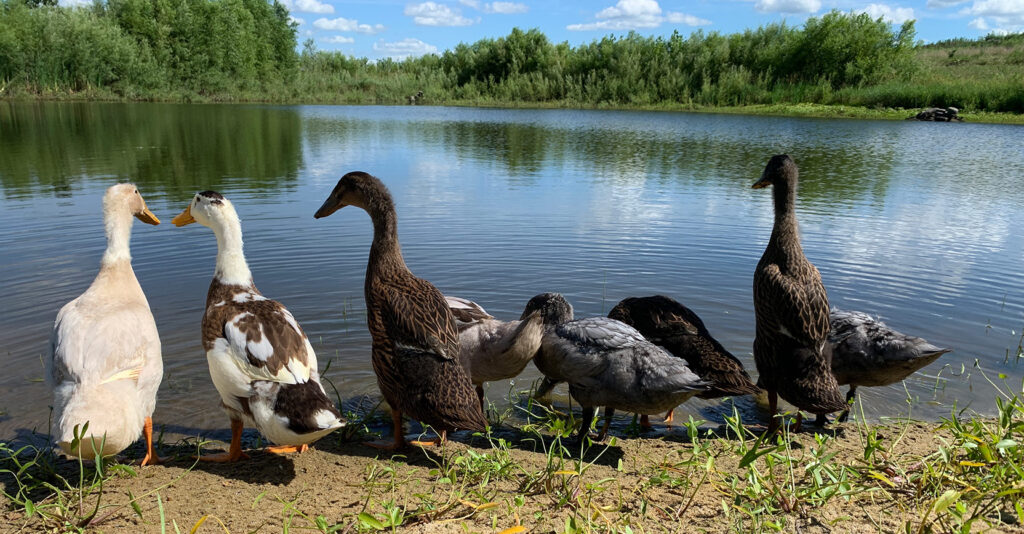
Alternative agriculture may be considered an umbrella term with organic agriculture, non-conventional agriculture (such as greater pasture use), and higher-welfare certification programs falling underneath it. Organic agriculture, as we’ve previously discussed, has legally binding definitions and practices established for those who wish to seek USDA organic certification. The lack of federal regulations for other non-conventional farming practices and farm animal welfare has led to the formation of voluntary certification programs. These programs vary in their standards, geographical reach, animal species covered, and popularity with consumers. Some farmers may choose to seek USDA organic certification and/or any of the following certification programs, if they find that the standards align with their own set of practices and offer a marketing advantage. For various reasons, other farmers may follow similar practices but choose not to become certified by USDA or any other program. Farmers who choose not to become certified may still hire a third-party auditing company to assess their operation.
Alternative agriculture can include non-conventional practices like , , and . We won’t go into detail as to how each of these approaches are similar and different. Instead, we will simply highlight that those who practice these types of agriculture do not follow prescribed national standards, which leaves definitions and practices open to interpretation by farmers as well as consumers. Oftentimes, the underlying goals are very similar to the goals of organic agriculture and the . For instance, the emphasis on natural living conditions for animals, protection of natural resources, and improved soil fertility are common themes for both organic and alternative agricultural farmers.
See the certification programs below that complement or combine organic, alternative, and welfare claims. All these programs involve third-party, independent auditors to verify the operation’s practices. Keep in mind that this list is not meant to be comprehensive or to endorse any particular program. These programs are simply some well-known examples that will help you be more conversive with organic and alternative farmers.
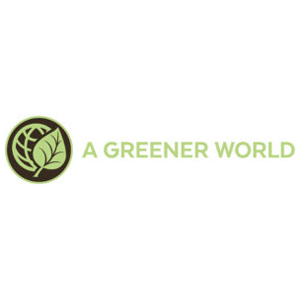 |
A Greener WorldA variety of certifications offered by A Greener World (AGW) allow farmers in North America to promote sustainable practices that are “good for the animals, the environment and people”. Farmers can choose between five different certifications, depending on what works best for their operation: Animal Welfare Approved, Certified Grassfed, Certified Non-GMO, Certified Organic (coming soon), or Certified Regenerative. |
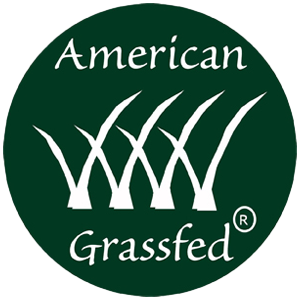 |
American Grassfed AssociationAmerican Grassfed Association (AGA) is a certification program that follows a strict set of standards and an inspection process. It is available to beef cattle, dairy, and swine farmers. Practicing veterinarians may become AGA inspectors. While AGA Certified farmers and ranchers must not treat their animals with antibiotics or hormones, they must also:
|
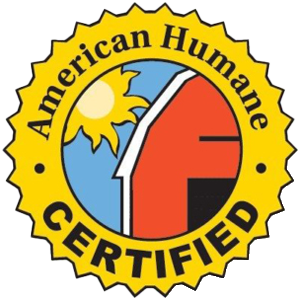 |
American Humane CertifiedSince 1877, American Humane has set standards for animal welfare across many sectors. It created the first welfare certification program for farm animals in the U.S. The Certified Seal of Approval from the American Humane Farm Program is species-specific and based on the Five Freedoms of Animal Welfare. These standards are science-based and include freedom to express normal and natural behavior as well as freedom from:
|
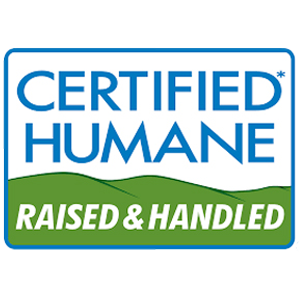 |
Certified HumaneHumane Farm Animal Care offers a Certified Humane Raised and Handled logo to assure consumers that the animals have been humanely raised, from birth through slaughter. It is a nonprofit organization located in the U.S. but operates internationally. Their Animal Care Standards are primarily based on animal welfare practices (such as freedom to perform natural behaviors), but also comply with the North American Meat Institute’s slaughter standards. The logo can be found on agricultural products as well as pet food, textiles, and personal care products. |
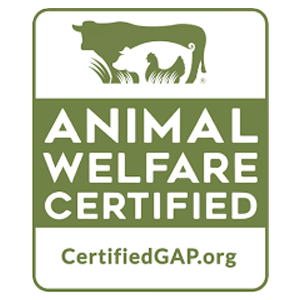 |
Global Animal PartnershipGlobal Animal Partnership (GAP) is a global organization that uses certifiers to audit farms and verify compliance with the animal welfare standards and then assign a certification level from 1 to 5+. The tiered labeling strategy is meant to provide consumers with information on how the “animal’s environment mimics a natural environment”, which is specific for each type of animal. |
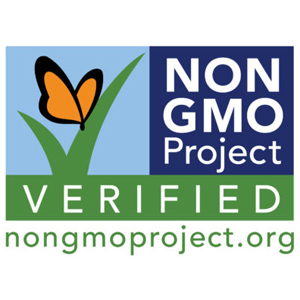 |
Non-GMO ProjectThe Non-GMO Project is a non-profit organization that certifies food products in North America and lets consumers know the products are free of GMOs. Brands can apply for this label through a verification process that includes working with an independent technical administrator, reviewing invoices and standard operating procedures, as well as certificates of analysis for the product’s ingredients. |
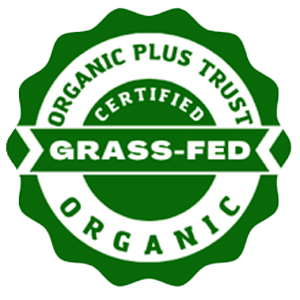 |
OPT Certified Grass-Fed OrganicOrganic Plus Trust (OPT) offers a certification program for farmers who want to go above and beyond the USDA organic certification. The OPT’s Certified Grass-Fed Organic Livestock Program sets national standards for organic, grass-fed meat and dairy ruminants. Some notable differences between the NOP standards are that an operation must have a grazing season of at least 150 days a year and grain feeding is not allowed. |
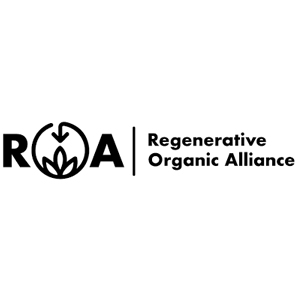 |
Regenerative Organic CertifiedRegenerative Organic Alliance is a non-profit organization that offers the label of Regenerative Organic Certified to ensure consumers that animals were raised on pasture and welfare standards are incorporated into daily living, transportation, and slaughter practices. This certification program is unique in that it leverages existing certifications farmers have already earned. For farmers who want to go above and beyond the USDA organic certification, they can obtain higher-welfare certification through Certified Humane, GAP (at step 4 or higher), or Animal Welfare Approved by A Greener World. |
As you can see, there are no widely established “rules” for alternative agriculture farmers and ranchers. Businesses, industries, and consumers have developed their own sets of standards. There are dozens of different product labels and claims that consumers and farmers need to sort through. Unfortunately, some marketing claims like “all-natural”, “ethically-raised”, “free-range”, and “raised without antibiotics” are not substantiated by independent verification. However, a variety of voluntary certification programs are available and may offer a marketing advantage as they provide assurance to consumers about how the animals and animal products were raised and handled.
Animal health professionals can assist farmers and ranchers in meeting their certification goals by contributing and advising on a wide range of animal husbandry and health topics involved with these various programs. You do not need to be an expert at understanding ALL the different certification programs, but you should recognize when farm practices are mandated by law or label standards. Talking with your farmer to thoroughly understand their guiding philosophies and future goals will help you both be on the same page. You must appreciate all your farmers’ values and standards, whether they are established by national regulations, association standards, or simply personal beliefs.
More information about the alternative agriculture approaches mentioned above can be found at:
- Sustainable Agriculture
- Regenerative Agriculture
- Permaculture
- Animal Welfare Programs
United States Department of Agriculture
An integrated system of plant and animal production practices having a site-specific application that will, over the long-term satisfy human needs, enhance environmental quality, make the most efficient use of nonrenewable resources, sustain the economic viability of farm operations, and enhance the quality of life for farmers and society as a whole (abbreviated per USDA).
An alternative decision-making framework that offers a set of principles and practices to grow food in harmony with nature and heal the land from degradation (per NRDC).
A system that develops agricultural systems modeled from natural ecosystems (per USDA).
United State Department of Agriculture’s National Organic Program

